Inbound marketing is a method that aims to attract customers with valuable content that solves their needs. It accompanies a lead from the first moment he or she comes into contact with the brand until a sale is made, but never really leaves him or her, since its objective is to build loyalty. An inbound marketing strategy can be applied to all sectors and industries.
Here are our inbound marketing tips for the banking and insurance sectors!
The inbound marketing methodology is useful in any sector to reach and retain customers, but even more so in the banking and insurance sector due to users' needs.
In this article, we'll tell you everything you need to know to create an inbound marketing strategy if you are in the banking and insurance sector, as well as what you should take into account when designing the content for it.
How to Create an Inbound Marketing Strategy for the Banking and Insurance Sectors
An inbound marketing strategy has four stages: acquisition, conversion, sale, and loyalty. All of them involve designing content specifically for a target audience.
Keep in mind that consumers exhibit distrust toward financial products and services due to a lack of financial education. So, your content must be simple and enable you to gain people's trust.
Acquisition
In the first stage, your social networks, website, and anywhere you have an online presence and receive visits from people interested in your products or services should be optimized for lead capture. The way to do this is by creating valuable content that will attract high-quality traffic. Content such as blog posts and social media posts are key.
Learn how to create a lead nurturing workflow with HubSpot with our video below.
Conversion
In this phase, the objective is to obtain data from users by creating and offering downloadable content (such as ebooks, podcasts, or webinars) that answers your consumers' questions or concerns.
Sale
When you have a well-nurtured database, it is time to close the sale with customers. Your attention should be focused on getting them to buy your product or service in a non-intrusive way. You should have a content marketing strategy in place to do this.
Loyalty
If you have managed to close sales with some of your leads, they can be considered customers. But, the inbound marketing strategy does not end there. Now it's time to get the consumer to choose you again over the competition and convince them that you are their best option. Newsletters with high-value content are very useful at this stage, as they will help you continue to nurture your customers.
What Should You Keep in Mind When Applying Inbound Marketing to the Banking Sector?
Multichannel Marketing
Customers don't just learn about specific products or services through one channel. They jump from one to another. For example, they may research a question on Google and then look at the social networks of potential brands that can solve their problem and, later, read reviews from different customers.
Creating a multichannel strategy to account for this is very important. You need to be consistent with your content on each channel so that your users don't get confused.
Defining Your Buyer Persona and Customer Journey
Clarifying who your buyer persona is and their entire journey with your brand will help you direct your strategy. You may have different types of buyer personas for your brand. In that case, you should create inbound marketing strategies with different content for each of them.
In the banking and insurance sectors, you typically find both B2B and B2C customers. Therefore, it is essential that you identify which ones you want to target and create a strategy accordingly.
SEO
Your website is a very important part of your inbound marketing strategy. Therefore, it must be well-optimized for SEO (Search Engine Optimization), both "on page" and "off page", so that you rank well in search engines. This will increase your number of visits, as well as your level of authority in the sector.
"On-page SEO" refers to meta descriptions, page titles, content, and so on. "Off-page SEO" takes into account links and loading times of website pages.
SEM Campaigns
SEM can give a good boost to your inbound marketing strategy, so it is perfect to combine it with SEO. SEM campaigns involve pay-per-click advertising by purchasing different keywords that you want your ad to appear on when a user performs a search.
How Can Inbound Marketing Help the Banking Sector?
These are some of the main benefits that developing an inbound marketing strategy can bring to your brand:
- Digitize your brand: with inbound marketing you will make your website your main source of sales, thus taking the first step towards the digital transformation of your business. In addition, from your website, you will be able to control the entire process, from acquisition to loyalty.
Many companies are reluctant to make the leap to digital, but in the financial sector, customers demand a more digitized service that allows them to interact and communicate with your company online. Do not see digital transformation as an expense but as an investment that will increase your competitiveness in the financial market.
- Increase your ROI (Return on Investment) and your sales: In the banking and insurance industries, there are many types of customers. Each type has specific needs and problems. With inbound marketing, you will be able to target each one by providing what is needed at any given moment, increasing your chances of making sales.
What Inbound Marketing Strategies Can You Successfully Apply to the Banking Sector?
Useful Interactive Tools
In the financial sector, interactive content such as investment calculators work very well because they help simplify a world that is often complex.
Educational Content
As mentioned previously, there is a lot of consumer mistrust in the financial world, so creating content that demystifies ideas or explains banking and insurance concepts in a simple way will help you get closer to your target audience. Educational content is ideal for posting on blogs, social networks, newsletters, and more.
Digital Courses
Many brands in the industry offer courses on finance and investment. They use them in their inbound marketing strategies to gain authority and create relationships with customers, thus bringing their users closer to the final stage of the sales funnel. They can also be used in the loyalty phase.
Influencer Marketing
Influencers will help you to transmit trust, which is very difficult to find in the banking and insurance sectors.
Personalization
Personalizing content according to your buyer personas will help you increase the chances of conversion and strengthen your relationship with users. In finance, it is very common to create different profiles according to different types of investor profiles (conservative, moderate, and aggressive), as each one has different needs and requires unique content.
Responsable de la estrategia de contenidos y visibilidad en Cyberclick, con enfoque Allbound y especialización en posicionamiento SEO, GEO y automatización con IA. Gestión avanzada del CRM con HubSpot: base de datos, workflows, lead nurturing, scoring y reporting. Experiencia en marketing digital, comunicación corporativa y periodismo, uniendo estrategia, creatividad y tecnología para captar y convertir leads cualificados.
Responsible for content and brand visibility strategy at Cyberclick, with an Allbound approach and specialization in SEO, GEO (Generative Engine Optimization), and AI-powered automation. Advanced HubSpot CRM management: database segmentation, workflows, lead nurturing, scoring, and reporting. Background in digital marketing, corporate communications, and journalism—combining strategy, creativity, and technology to attract and convert qualified leads.

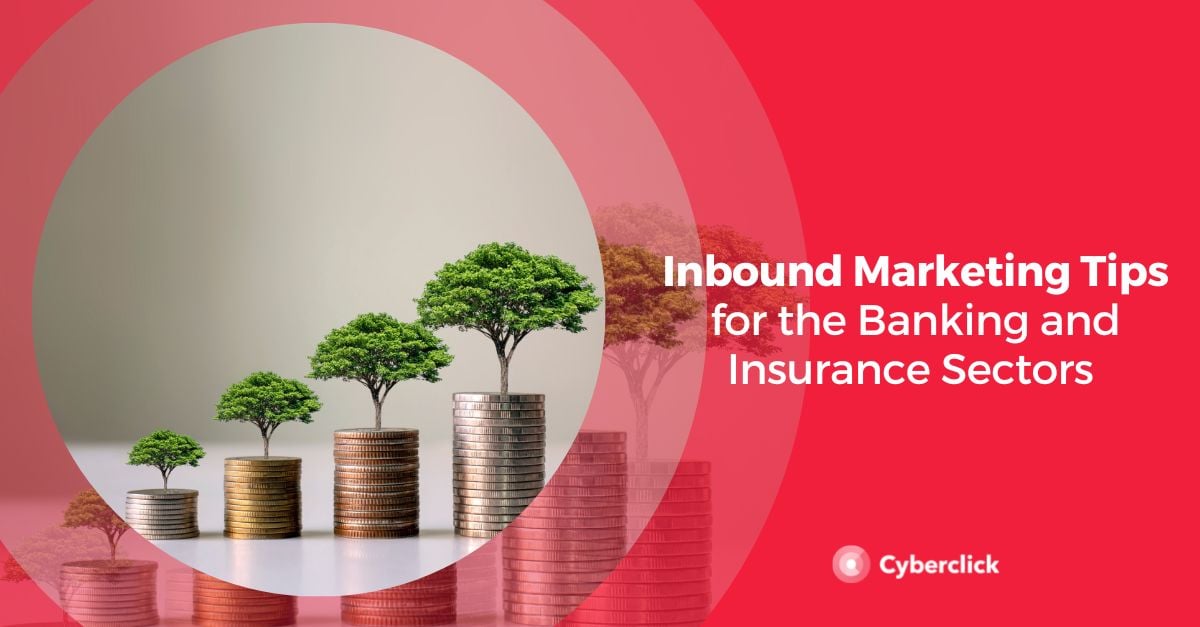
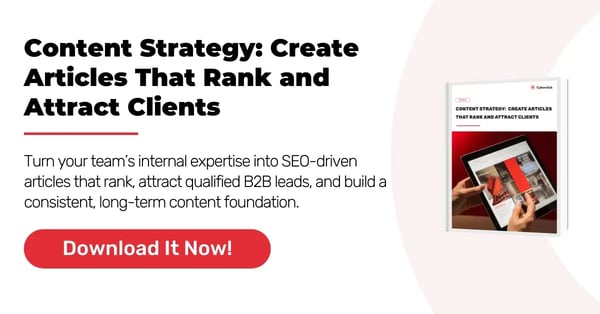

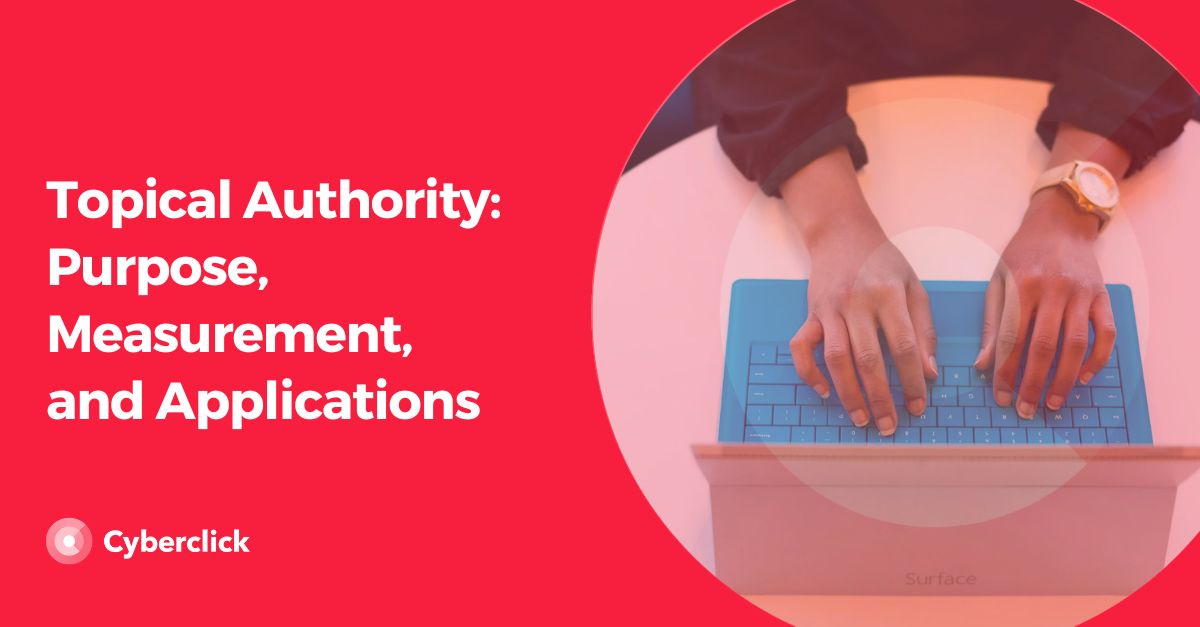
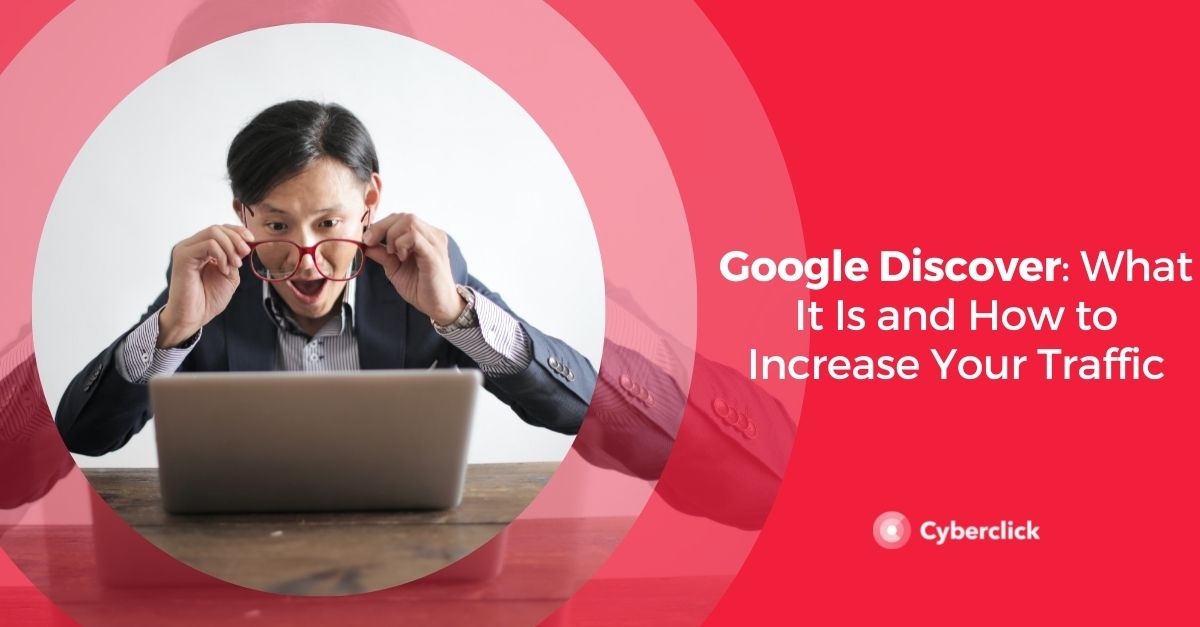
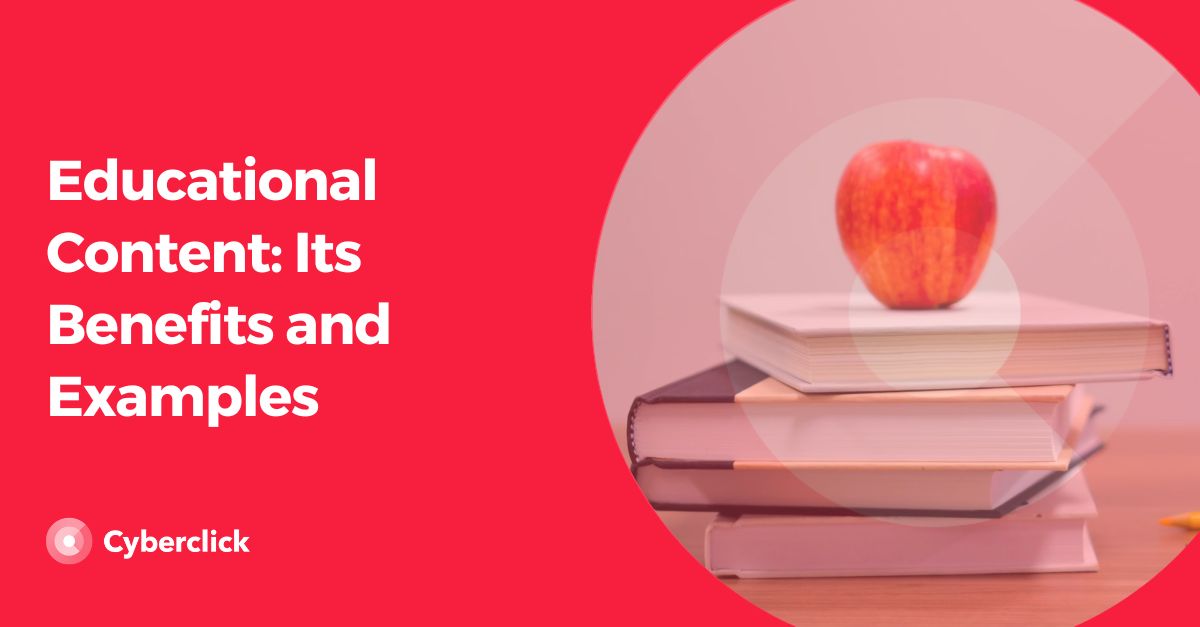
Leave your comment and join the conversation